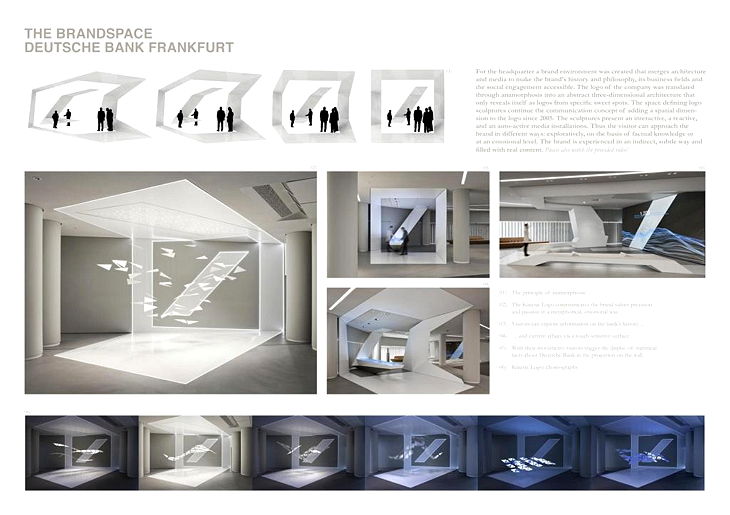Sew La Ti Embroidery:
history
Park of the United Nations
Brand Space of the Deutsche Bank

New Vintage Interior of Parisian Shop
Aqua Tower by Studio Gang

Heritage: Dating, understanding and appreciating the Aboriginal Rock Art of the Kimberley

India: Mughal gateway collapses in North Delhi

Near East: Ephesus added to UNESCO World Heritage list

South Asia: Looted Indian statue recovered

Near East: UNESCO condemns destruction at Palmyra

Near East: ISIS smashes priceless Palmyra artefacts

North America: Archaeologists call on feds to protect Chaco Canyon area


